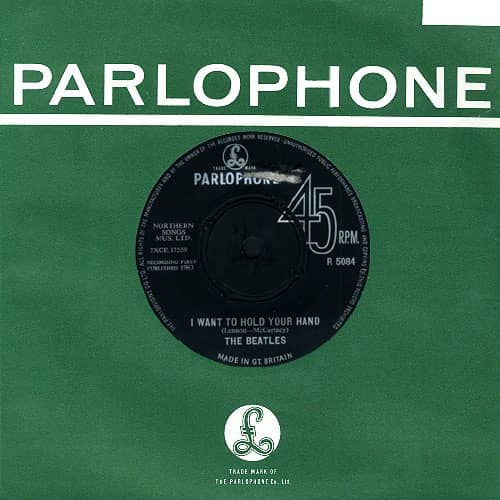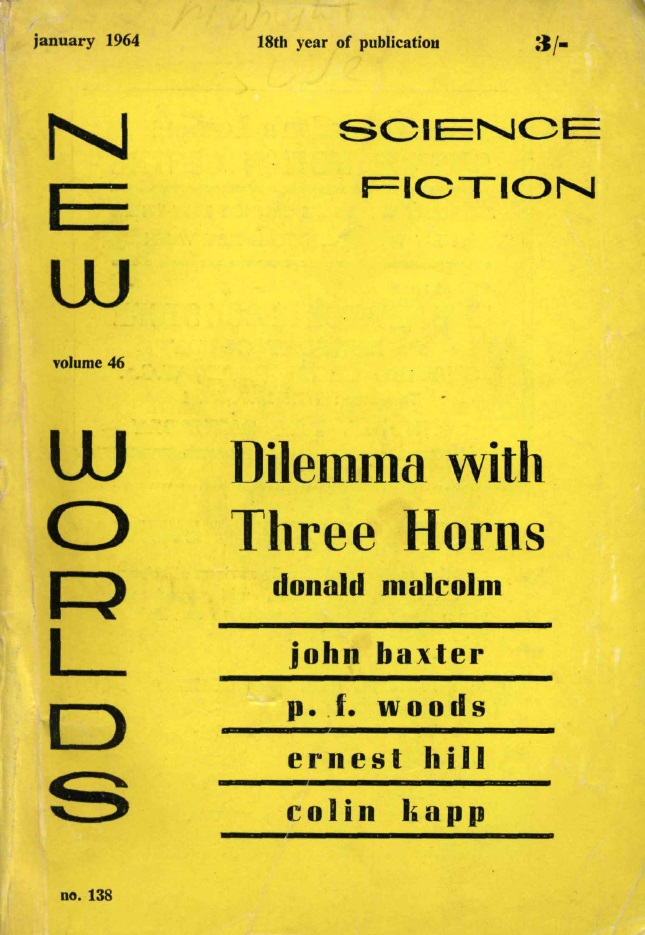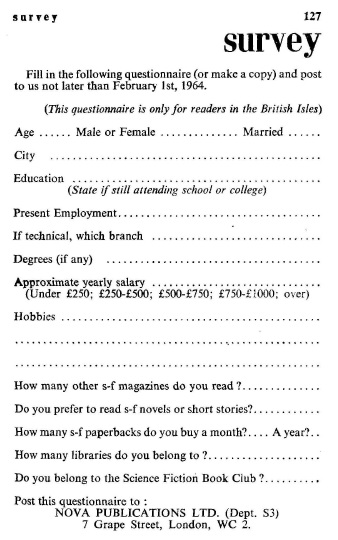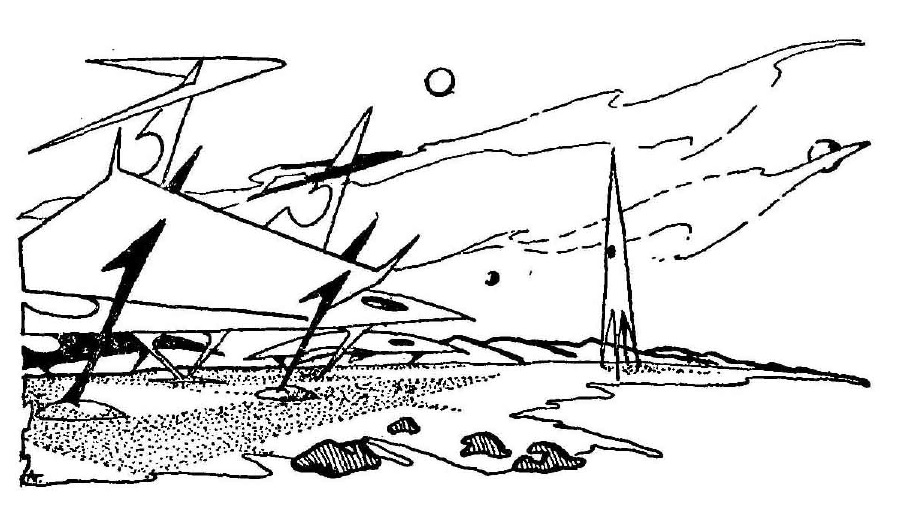
by Mark Yon
Scenes from England
Hello again!
After last month’s surprise visit to Science Fantasy magazine, this month we’re back to the wild and wacky realms of New Worlds, to wit, the November/December 1964 issue.
What has happened since we last met? Well, the biggest change here, as the Traveller has already noticed this month, is that as of the 15th October we have a new British Government. My impression is that the governing Conservative Party were fairly confident about their chances of returning, and so it has been a bit of a shock to them to be ousted, having been in power for 13 years or so. It was close though – Labour won a majority by a mere four seats.
I did have a hunch that it would be the younger vote, eager for change, that would decide it – all of those I spoke to saw the Labour Party, led by Harold Wilson, as a means of better reflecting their concerns – and so it appears to be. I’m sure it’s not a coincidence that Mister Wilson is the youngest Prime Minister we’ve had in over 150 years, at a mere 48 years old.
Me, I blame it on The Beatles.

Talking of music, there’s been some change at the top of the charts here. Herman’s Hermits was at the top of charts for two weeks with I’m Into Something Good, but was replaced by the mighty Roy Orbison, singing Oh Pretty Woman for three weeks. It’s a terrifically powerful song, which I much preferred myself.
However, Roy has now been replaced by Sandie Shaw singing (There’s) Always Something There to Remind Me. It’s quite pleasant and seems to be quite popular in part because Ms. Shaw sings her songs barefoot.
At the cinema Goldfinger is still there and doing very well. I’m not surprised. I expect its success to continue for a while yet.
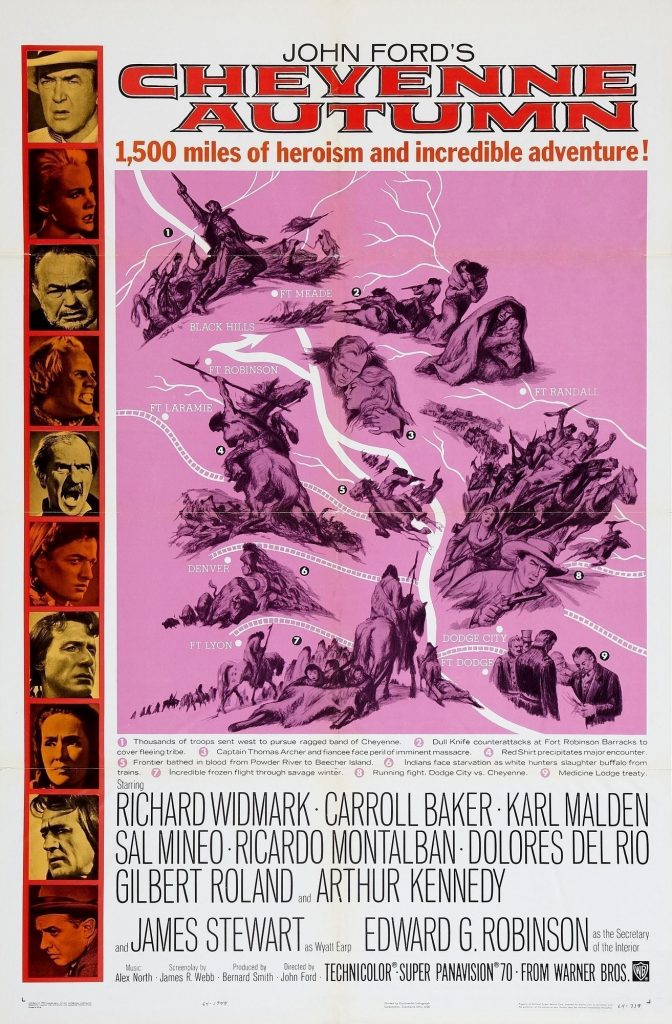
Other than that, the cinematic pickings have been rather slim, although if you like Westerns, you are in for a treat. I’ve counted three at my local Odeon recently – John Ford's Cheyenne Autumn, starring Richard Widmark and one of my favourite actors, James Stewart, was good. There’s also been Invitation to a Gunfighter, with Yul Brynner, who seems to be trading on his popularity in The Magnificent Seven a few years back. Thirdly, more recently there’s been Rio Conchos, starring Richard Boone and Stuart Whitman.
My favourite movie this month has been Fail Safe, which Rose Benton has already reviewed this month – isn’t it good when movies are released here in Britain at nearly the same time as yourselves in the US? I nearly missed it, as the cinemas were full of Goldfinger at the time, but it was a great nail-biting drama.
If I am really unlucky, the next time I speak to you I may have been dragged, kicking and screaming, to see My Fair Lady, which the trailers are telling me is out in a couple of weeks. (I’m not a huge fan of musicals.) I managed to avoid Mary Poppins back in August, but as a result I fear I may have to see this one. Wish me luck.
The Issue At Hand

This month’s cover by Robert Tilley is striking, but to my mind not as well done as the last few month’s covers. We seem to have gone from covers with a triangle shape to covers with circles. I feel that it is a bit of a step-down, to be honest. It is simpler and more basic than last month’s, for example. Interestingly, this change of cover style seems to be deliberate – there’s a comment in this month’s Letters page that suggests so. Nevertheless, it is still better than the bad old days of the last John Carnell issues, so I shouldn’t complain.

The Editorial examines the idea of ‘bad SF’ on radio, television and cinema. It makes some valid points about how SF stories may become bestsellers in prose but then fail to make the most of this in other mediums. However, the Editorial seems to mainly be an excuse to bad-mouth the movie The First Men in the Moon for not sticking to HG Wells’ admittedly superior novel – “insulting the intelligence, sloppily written, poorly acted and directed.” I didn’t think it was that bad, myself, when I saw it back in August – but then it was either see that or Mary Poppins.
To the stories themselves.
The Shores of Death (part 2), by Michael Moorcock

And we’re straight back into editor Mike Moorcock’s serial, an energetic yet dour story which attempts to bring Space Opera up to date in the 1960’s. After the set-up last time we rejoin Clovis Marca of the 30th century, trying to discover the deeper meaning of life on The Bleak Worlds of Antares before he is driven mad or the Solar System dies.
It’s OK but rather depressing. In the end, it’s all a bit Biblical, with Clovis dying then becoming immortal and eventually wandering off into a proverbial desert. Whilst I think I get what Moorcock is trying to do, I struggled to keep reading through the morass of unremitting bleakness. Nearly fifty pages is a long time to be in pain or be miserable. As a result, I’m not sure I’ll remember it long after finishing the magazine. Spending time at the dentist may be more fun – but as the Reader’s Poll later in the issue will suggest, some may like its tone. It’s a far cry from the optimistic SF of the 50’s. 3 out of 5.
Mix-Up, by George Collyn
A new author to me. Mix-Up is a lighter story, much-needed to relieve the despair that may descend after reading The Shores of Death. It’s a one-idea story though, about what happens when matter transmitters mix up the molecules of a young male scientist and an attractive young female film star. It’s quite entertaining, though the conclusion is rather poor and even rather perverse. What can we say when the two decide to marry each other – is it a recognition of a need for understanding between the sexes or does it reflect a secret wish that all we want to do is marry ourselves? Hmm. A fair debut, though. 3 out of 5.
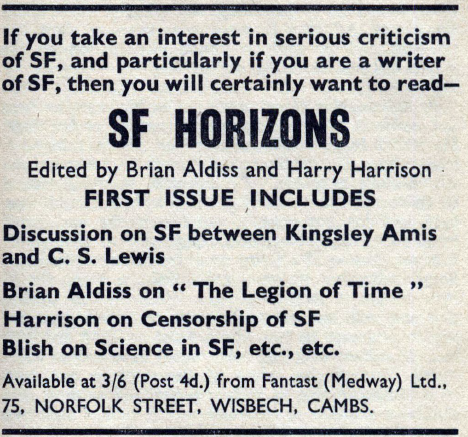
Gamma Positive, by Ernest Hill
Ernest is a returning author, having last appeared in New Worlds in the Carnell era, in January 1964. How long ago that seems!
Really though, this is nothing new, and could be a leftover from the Carnell editorial-ship – another story of the consequences of experimenting with new drugs. In this case the treatment appears to allow time travel, a favourite theme of editor Moorcock, but to me the story is really a thinly disguised attempt to make the point that time seems longer when imbibing narcotics. Dare I say that time just seemed to become longer by reading this story because it seemed to take ages to go nowhere? We’ve been here before. Yawn. 3 out of 5.
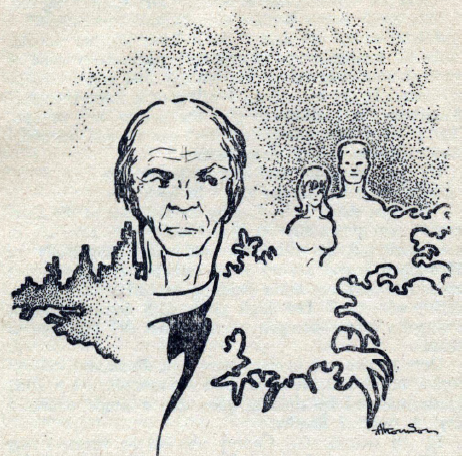
Some Will Be Saved, by Colin R. Fry
Another writer new to me. Unfortunately, this is another story that attempts to dress up Biblical allegory in a science-fictional setting – it seems to be a theme this month. This is a sardonic take on the Garden of Eden – in a modern post-apocalyptic setting. The Biblical references are rather unsubtle – further emphasised by the fact that the two main characters are named Adam and Eve, for example. Points are given for trying to be a little scandalous, being a contemporary rewriting of the story of the Garden of Eden, but sadly it is another tale that, having made the point that the future is bad and that there’s no place for religion in it, doesn’t seem to go anywhere. In the end, it just exudes a depressingly dark sense of irony. 3 out of 5.
The Patch, by Peter Woods
Peter Woods is, as I have said before, Barrington J. Bayley writing as someone else. This time, the novella is one of those that is Science Fantasy – spaceships and atomic missiles mixed up with Kingdoms and Princes set against a civil war and an impending planetary disaster with the arrival of The Patch. It’s perhaps the story I’ve most enjoyed this month, but reads like an inferior form of Jack Vance or Poul Anderson’s work. Some of that dialogue is astoundingly clunky, and this is another story with a dreadful ending. 3 out of 5.
Emissary, by John Hamilton

Another writer new to me. In a grim Northern industrial town a stranger is seen, patting children on the head at a local school (hence the picture above) and making notes on everything else. His origin and purpose are unknown, which creates concern, fear and mistrust in the town’s populace. The point of the story is to discover the stranger’s purpose – is he a force for good or evil? The story does well to create a sense of unease, but by the end it fritters away to nothing substantial.
3 out of 5.

Onto the Book Reviews by Moorcock’s alter-ego, James Colvin.
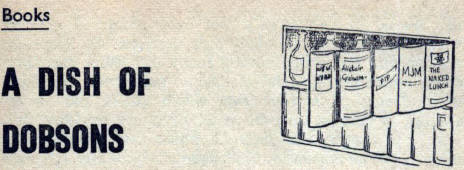
The article focuses mainly on publications by Dobson’s Books, one of the first publishers here in the UK to regularly publish SF, with varied results. Eric Frank Russell’s latest, With A Strange Device, is found to be slightly disappointing, but likeable for those ‘in the mood’.
Contrastingly, the reviewer found Robert A Heinlein’s collection The Unpleasant Profession of Jonathan Hoag more enjoyable than he expected. It is a grudgingly positive review – I get the impression Colvin really didn’t want to like it, but did. Alan E. Nourse’s collection The Counterfeit Man is contrarily summarised as “bad literature but good SF”. Isaac Asimov’s The Martian Way is a collection from an author that the reviewer finds “frustratingly good… in that he is good – but you know he can be even better.”
Of the paperbacks, the publication of Second Foundation, Asimov’s final book in the Foundation Trilogy, is “guaranteed top SF”, Robert Manvell’s The Dreamers is a horror story “better than (Dennis) Wheatley”, whereas Ayn Rand’s Atlas Shrugged is summarised with the statement “Never has such terrible old rubbish appeared between the covers of a book“ and August Derleth’s collection From Other Worlds is “mediocre”.
Even when I don’t agree with his comments, I must admit that I find Moorcock/Colvin’s comments entertaining.
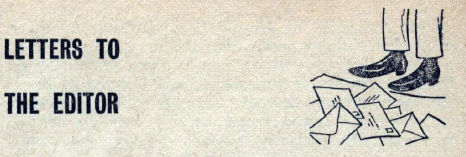
In terms of the Letters, there’s a letter suggesting that the magazine is becoming more literate – something the Editor will no doubt be pleased about – and the fact that the sense of wonder, once important to SF, seems to have departed at the same time. The change in the cover style, as mentioned earlier, is also discussed.

As ever, the reader’s ratings of recent issues make interesting reading. Just to show you how out of touch I clearly am, readers rated the first part of the Moorcock serial top last issue. This suggests that this month’s conclusion may fare equally well, to my bemusement.
Summing up
This issue of New Worlds is OK, but I’m less enamoured than the previous issues of the new ownership. Considering the title of the Editorial, this one is actually a bit bleak and depressing. This issue seems to rely less on Moorcock’s usual team of friends and associates but actually seems worse for it.
Overall, my abiding impression is that this is all a bit so-so. This may be because the repeated themes – drugs, religion – are rather groan-worthy. Whilst we’re not as depressingly poor as the bad-old-days at the end of the Carnell editorialship, I was surprised that this issue was rather mundane, which is amusing considering that two of the stories involve religious themes that would suggest a higher order of things. Cheer up, Mike – things are not as bad as you think!
I should be back to a new issue of Science Fantasy next month. Until next time… have a great Halloween!
[Come join us at Portal 55, Galactic Journey's real-time lounge! Talk about your favorite SFF, chat with the Traveler and co., relax, sit a spell…]

![[October 28, 1964] We Live In Hope (November/December 1964 <i>New Worlds</i>)](https://galacticjourney.org/wp-content/uploads/2019/10/NW145a-672x372.jpg)


![[September 28, 1964] Revelation (<i>Science Fantasy</i>, September-October 1964)](https://galacticjourney.org/wp-content/uploads/2019/09/Science-Fantasy-Sept-Oct-1964-672x372.jpg)





![[August 27, 1964] Change..? ( <i>New Worlds</i>, September-October 1964)](https://galacticjourney.org/wp-content/uploads/2019/08/640827newworlds-1-553x372.jpg)
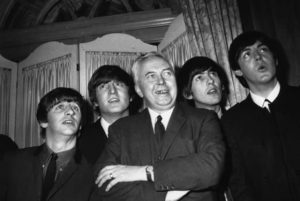



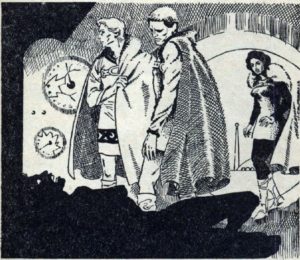

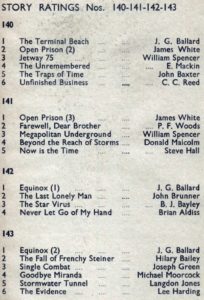

![[June 28, 1964] Not Quite What You Think. ( <i>New Worlds, July-August 1964</i>)](https://galacticjourney.org/wp-content/uploads/2019/06/640628cover-563x372.jpg)

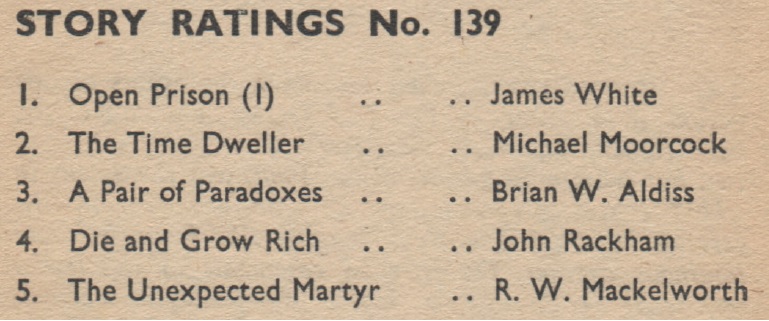

![[May 24, 1964] The Darkest of Nights… ( <i>June 1964</i>)](https://galacticjourney.org/wp-content/uploads/2019/05/640528Darkest-book-club-1964-423x372.jpg)
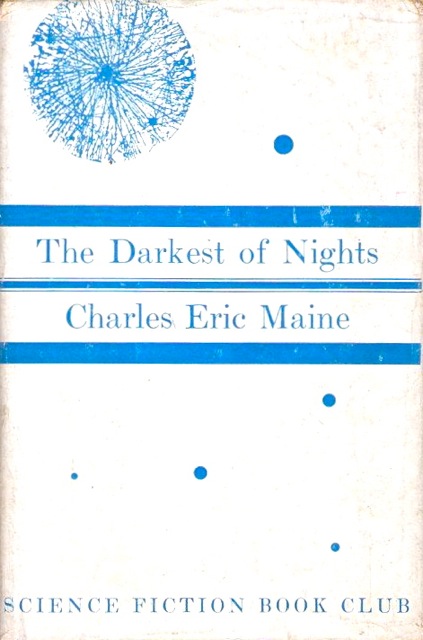
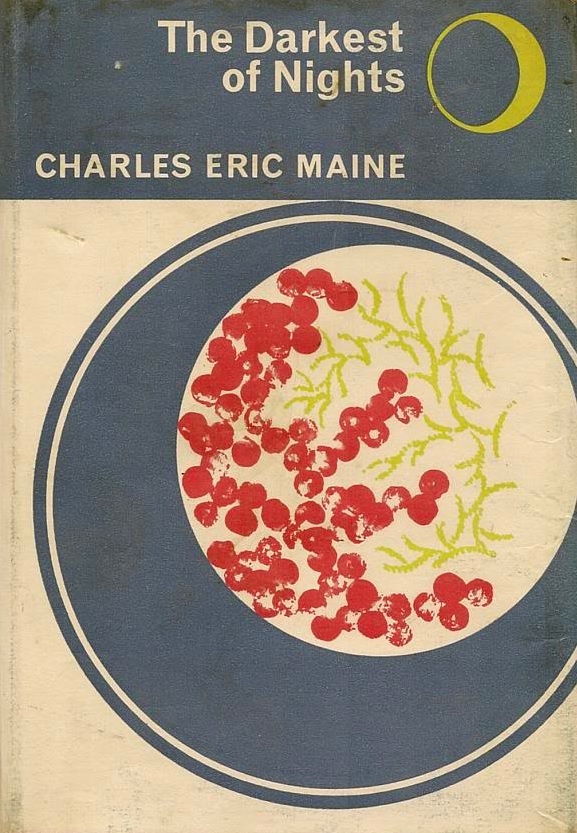
![[April 28, 1964] Out With the Old…. (<i>New Worlds, May-June 1964</i>)](https://galacticjourney.org/wp-content/uploads/2019/04/640428cover-555x372.jpg)

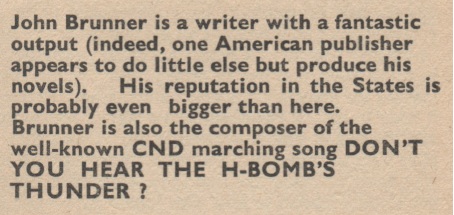
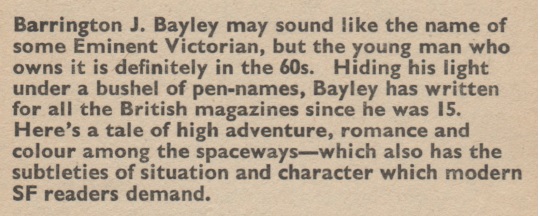




![[March 27, 1964] The End of an Era? Not With a Bang…. ( <i>New Worlds, April 1964</i>)](https://galacticjourney.org/wp-content/uploads/2019/03/640327cover-409x372.jpg)

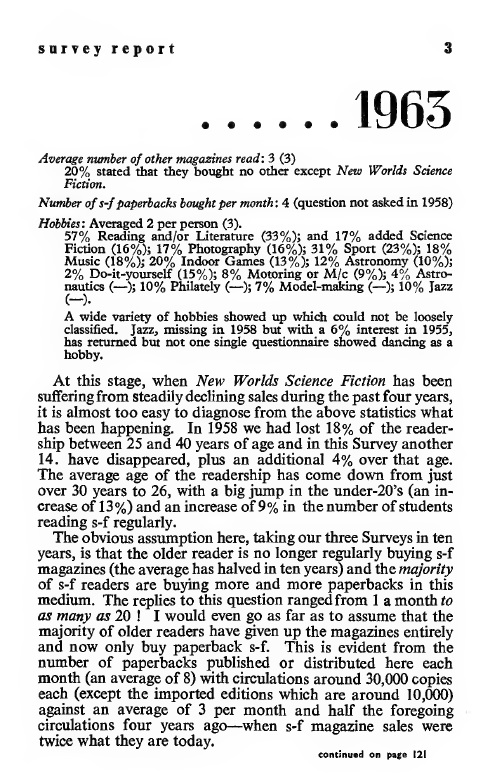
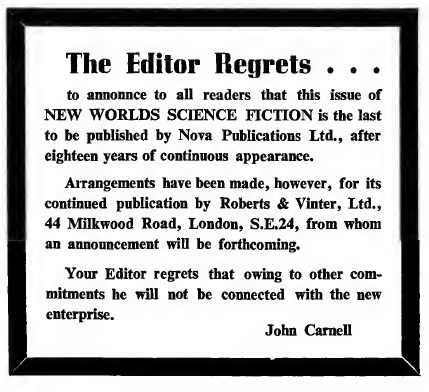
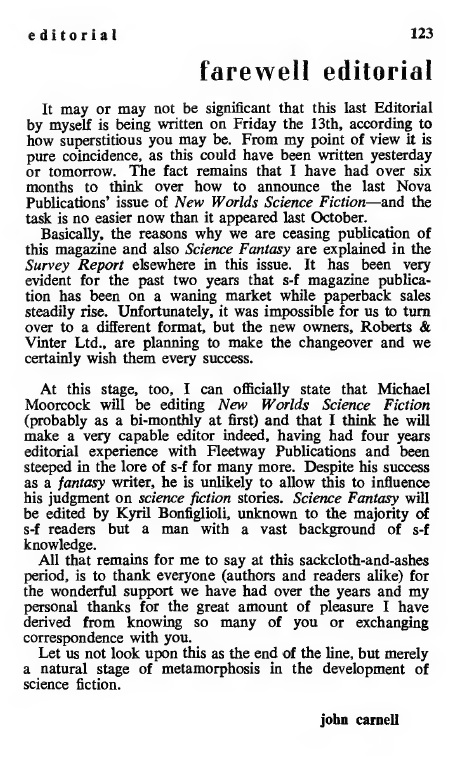
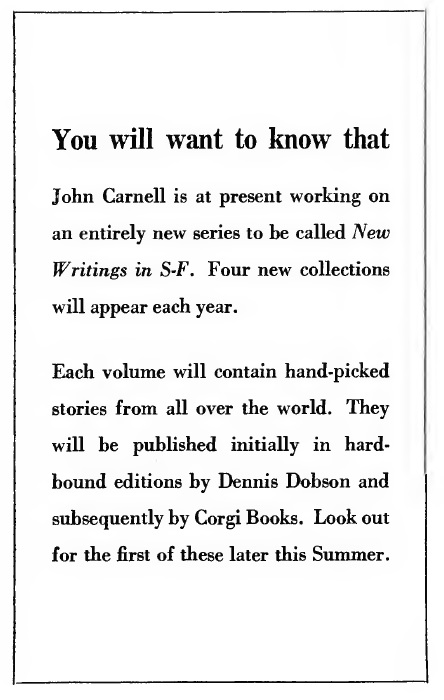
![[February 27, 1964] Beatles, Boredom and Ballard ( <i>New Worlds, March 1964</i>)](https://galacticjourney.org/wp-content/uploads/2019/02/640227cover-649x372.jpg)




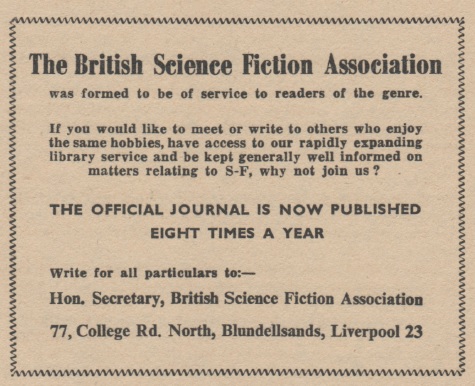


![[January 28, 1964] Beatles, Prisons and Doctors ( <i>New Worlds</i>, February 1964)](https://galacticjourney.org/wp-content/uploads/2019/01/640128cover-652x372.jpg)
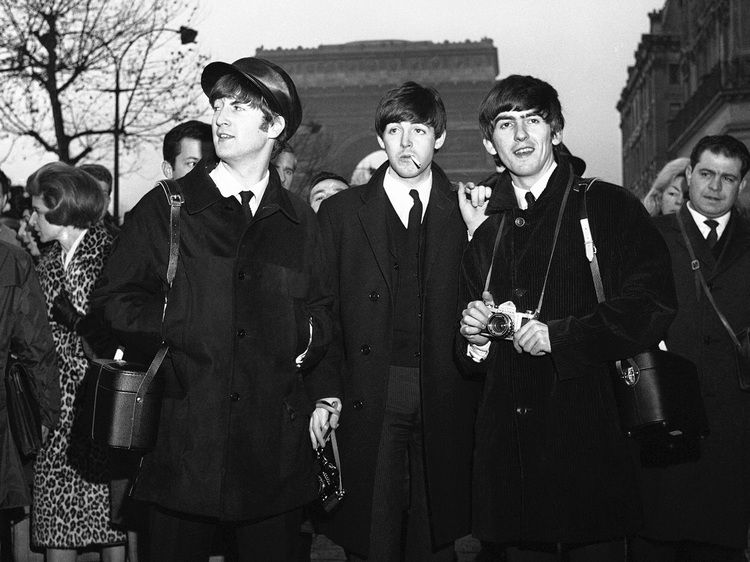





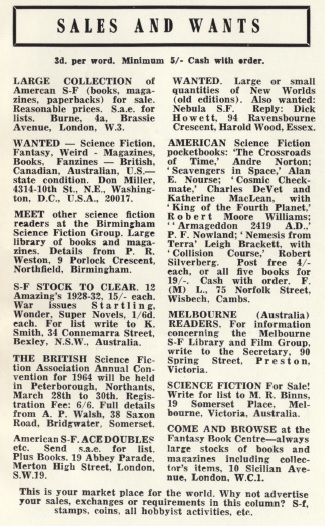
![[December 27, 1963] Democracy, Doctors and Decline ( <i>New Worlds, January 1964</i>)](https://galacticjourney.org/wp-content/uploads/2018/12/631227cover-645x372.jpg)
